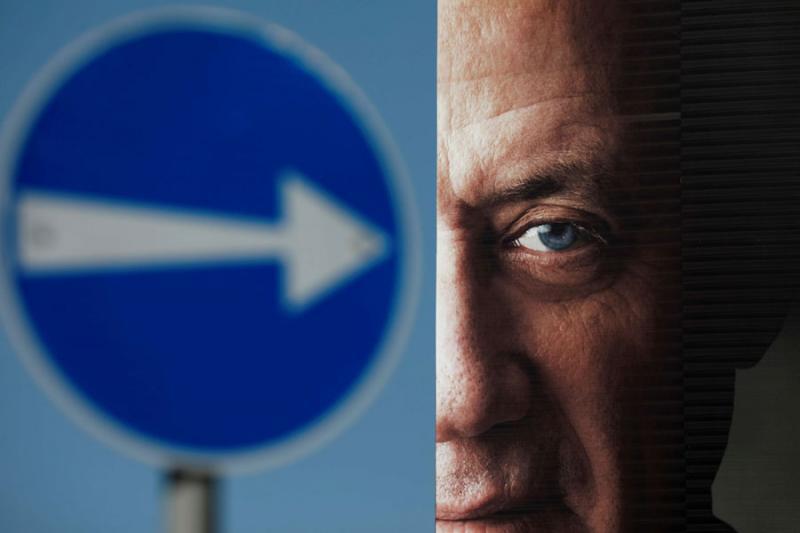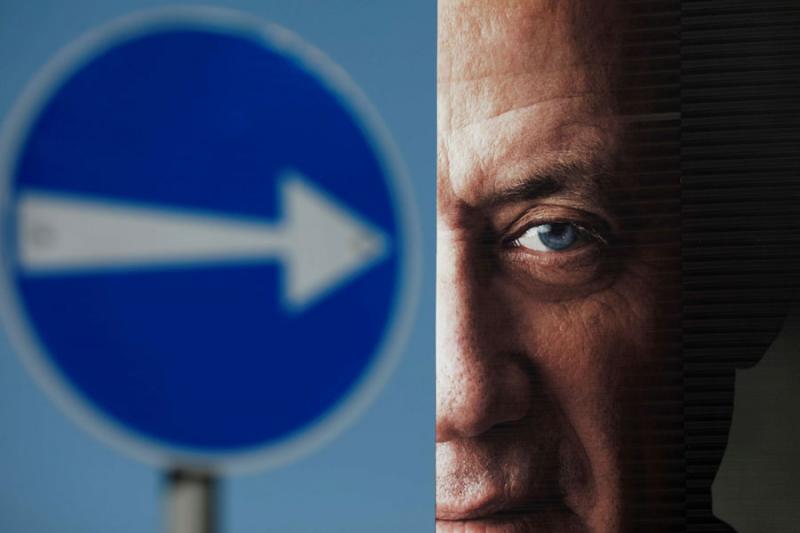Takeaways from Israeli elections
The outcome of 22nd Knesset elections in Israel was a repeat of the 21st Knesset elections, which took place last April, with minor differences. Here are the main takeaways from the elections:
First, the elections confirmed the division of Israeli society in general into a right-wing camp and a leftist camp, according to Israeli considerations and norms, of course.
There was a slight shift in favour of the right (even among the left), especially in matters of foreign policy and of the Palestinian question. In this context, and if the polarisation remains unchanged — without a national unity government between the Likud and Blue and White and without the consensus of Avigdor Lieberman’s Yisrael Beiteinu — we might end up with a situation in which the Arab bloc in the Knesset plays a major role in deciding who the next prime minister will be and in shaping the government coalition, as had happened during the Knesset vote on the Oslo Accords in 1993.
Second, the result revealed the extent of cultural divisions in Israeli society on internal, societal, religious and ethnic issues. For example, there is the secular camp, which includes leftist, rightist and nationalist tendencies, and the religious camp, which includes both rightist and the nationalist tendencies, in addition to a hard-core ultra-orthodox religious coalition composed of the Shas Party, predominantly Sephardic Jews, and the Yahadut HaTorah alliance, predominantly Ashkenazi and Haredi Jews.
Third, Israel suffers from strong ethnic divisions. Apart from the traditional divide among the Sephardic and Ashkenazi Jewish communities, there is a camp for Russian Jews, the newcomers of the 1990s, who are represented by the very active and visible Yisrael Beiteinu, led by Lieberman, a secular right-wing nationalist.
Yisrael Beiteinu has become the key role player in the formation of the Israeli government. It was this party’s positions that led to the dissolution of the previous Knesset and of the one before it and for going to new general elections.
Then there is the Arab bloc, the indigenous Palestinians, which represents one-fifth of Israel’s population and has a parliamentary bloc in the Knesset of 12 deputies (during the previous elections) representing various Arab parties and voting as one bloc despite internal disagreements.
Fourth, there is a sharp decline of the popularity of the traditional big parties, especially the Israeli Labour Party (heir to the Mapai party), which contributed to the creation and establishment of the Israeli state.
The Labour Party reaped only six seats in the current and previous elections, compared to the 42 seats it won in 1992. Most Labour votes have been diverted by new parties and coalitions, such as the Blue and White alliance.
Likud is struggling to maintain its survival or strength. Its problems are caused by Prime Minister Binyamin Netanyahu’s long leadership, by the emergence of the Blue and White (the generals’ party) and by fierce competition from extreme-rightist parties such as Yisrael Beiteinu and the nationalistic Jewish Home Party.
Fifth, there were 31 party lists competing for 120 seats in the September 17 election. The number of voters totalled 6.4 million, about 16% of whom were Arabs although they made up 20% of the population. Voter turnout was 64%, a slight improvement from the previous elections, while Arab voter turnout was 53%.
The results were: Blue and White won 33 seats; Likud took 31; the joint Arab list took 13 seats; Shas claimed nine while Yisrael Beiteinu and the ultra-orthodox Yahadut HaTorah received eight seats each; the ultra-rightist Yamina alliance got seven seats; the Labour-Gesher alliance six seats; the Meretz Democratic Alliance camp, an alliance between Ehud Barak’s new Israel Democratic Union and social activists, five.
Sixth, it is difficult to ascertain the composition of the next Israeli government, considering Netanyahu’s attempt following the elections in April, given the split between the Likud and the Blue and White alliance and because of internal party squabbles.
Netanyahu has better chances of forming a government than someone from Blue and White but, he must win over Yisrael Beiteinu and Lieberman to his side. If he succeeds, Netanyahu will become Israel’s most important prime minister.
Netanyahu could also go for a national unity government with the leaders of the Blue and White alliance. In another scenario, he could do without Yisrael Beiteinu’s support by forming a voting alliance with the Labour Party (Likud, Shas, Yahudat HaTorah, Yamina and Labour for a total of 61 seats).
Seventh, and regarding the possible scenarios related to removing Netanyahu from office, the first one requires the Blue and White alliance forming a voting coalition with Lieberman’s party and the Joint Arab List (Blue and White, Labour, Democratic Union, Yisrael Beireinu and the Arab List 12 for 64 seats).
The Arab list is crucial to this scenario, although it can be replaced by the two ultra-orthodox religious parties, which is unlikely, given Lieberman’s hostility towards those parties.
The important thing is that whatever form or composition the next Israeli government takes, we can expect no changes in the foreign policy file or in the attitude towards reaching a settlement and the Palestinians.
Majed Kayali is a Palestinian writer.
This article was originally published in The Arab Weekly.




